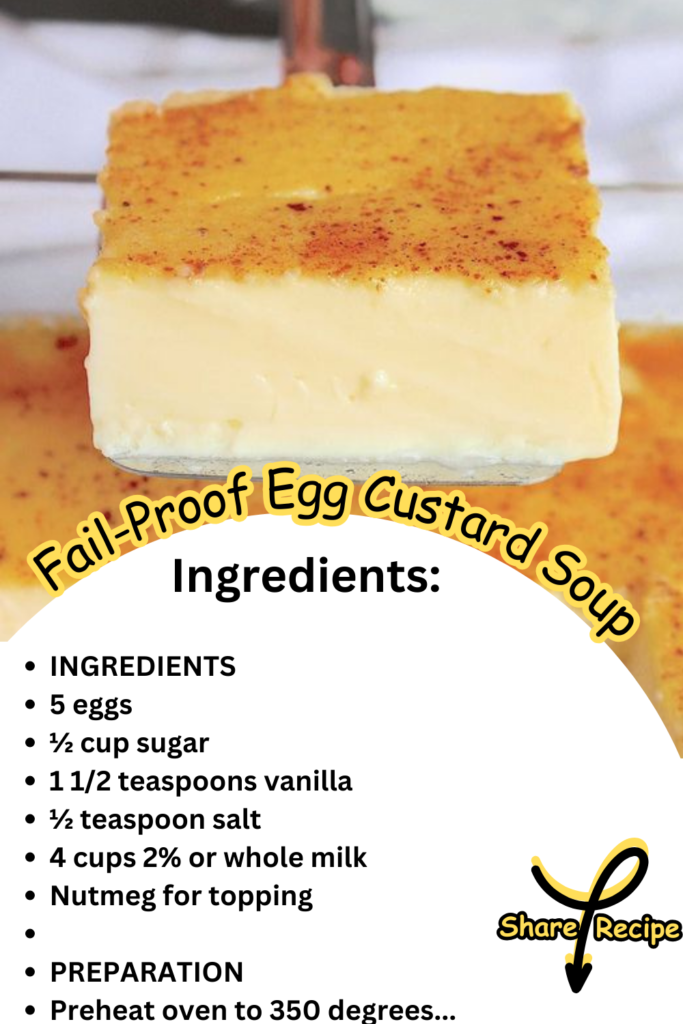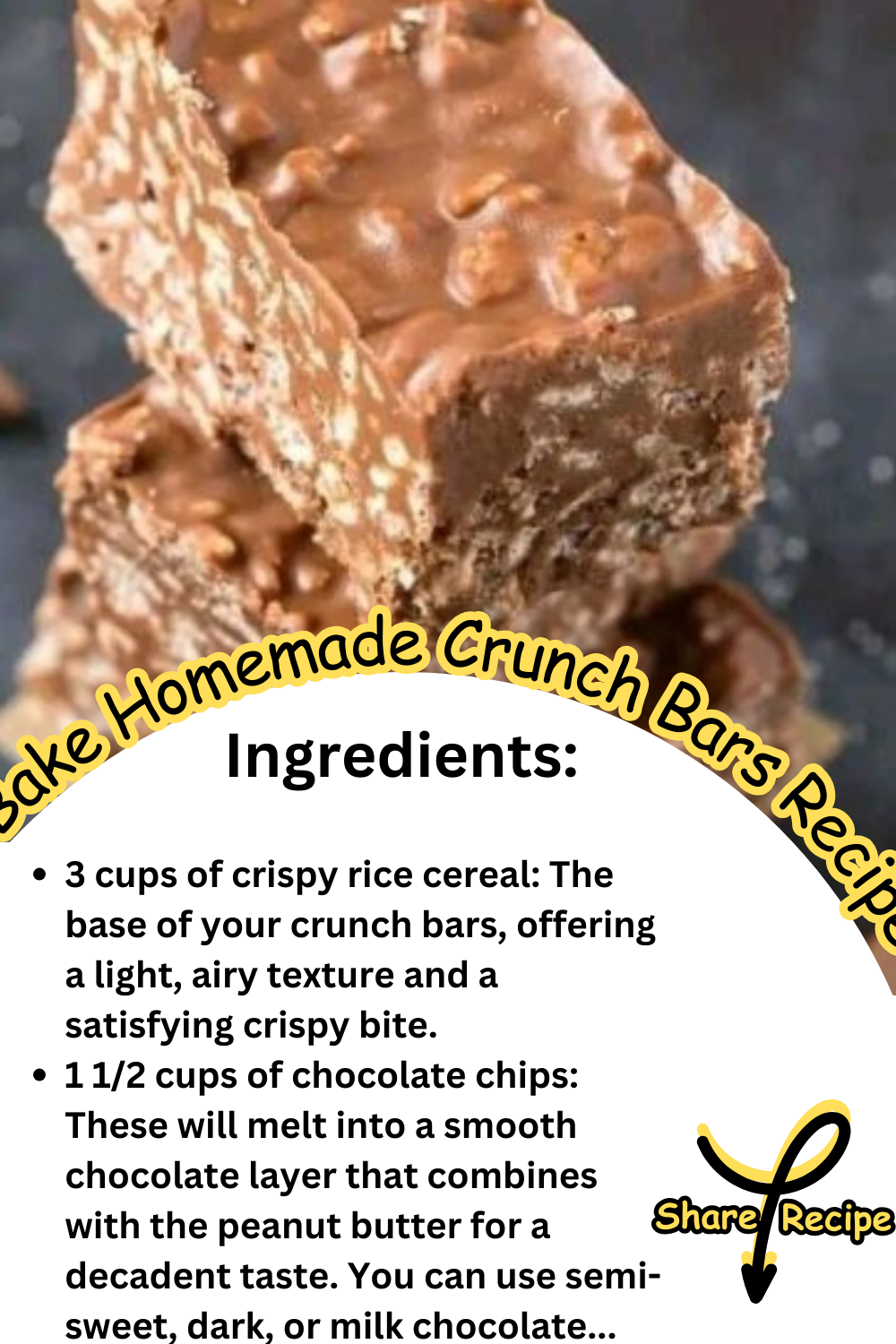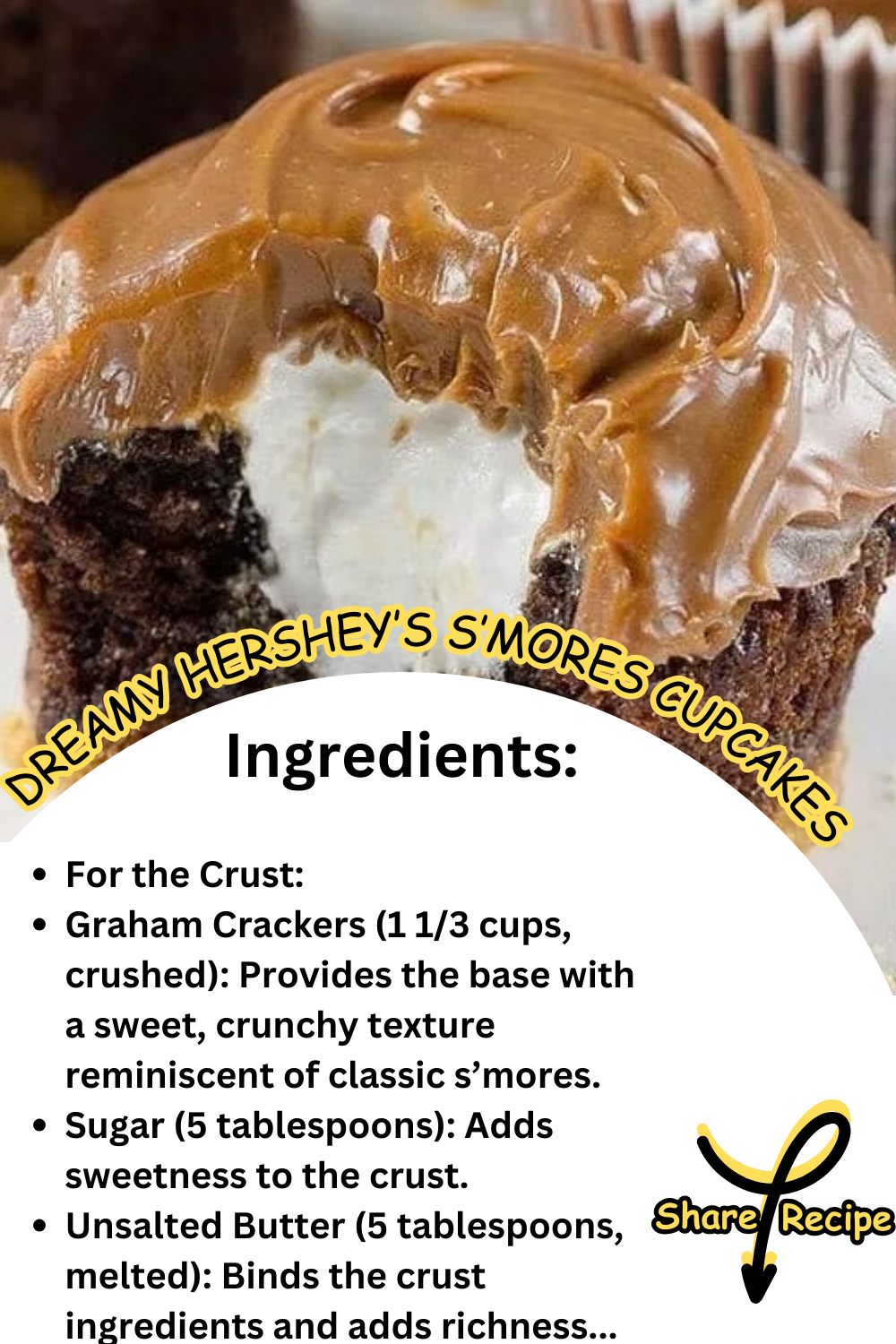
Egg custard is a timeless dessert that epitomizes the beauty of simplicity in baking. This classic treat, with its origins tracing back to the kitchens of medieval Europe, has stood the test of time, evolving into a beloved staple in various cultures around the world. Its velvety texture and delicate balance of sweetness, enriched with a subtle hint of vanilla, make it an irresistible comfort food for many. Whether served as a sophisticated dessert to cap off a dinner party or enjoyed as a cozy treat on a quiet evening, egg custard holds a special place in the hearts of dessert aficionados.
Crafting the perfect egg custard is an art that balances simplicity with precision. The key lies in the quality of the ingredients and the careful attention to technique, from tempering eggs to baking in a gentle water bath. This Fail-Proof Egg Custard recipe is designed to guide even the most novice bakers to achieve a smooth, creamy custard every time. It reassures with its straightforward steps and common kitchen ingredients, proving that elegance in dessert making does not always require complexity.
This recipe not only offers a step-by-step guide to creating a flawless custard but also invites bakers to make it their own. Whether choosing between 2% or whole milk, adjusting the level of sweetness, or deciding on toppings like nutmeg, whipped cream, or fresh fruit, there’s room for personalization. The joy of making egg custard lies not just in the end product but in the process itself—the warmth of the kitchen, the aroma of vanilla, and the anticipation of that first delightful spoonful. Let’s embark on this baking journey together, embracing the simplicity and elegance of creating a dessert that transcends time and trends.
Ingredients:
- Eggs: 5 large eggs, room temperature. Using room temperature eggs helps them blend more smoothly into the mixture without being shocked by the hot milk.
- Sugar: ½ cup. Granulated sugar works best for a smooth texture.
- Vanilla Extract: 1 1/2 teaspoons. Pure vanilla extract is recommended for the best flavor.
- Salt: ½ teaspoon. This enhances the flavors of the custard.
- Milk: 4 cups of 2% or whole milk. Whole milk will give the custard a richer flavor and creamier texture, but 2% is a good alternative for a lighter version.
- Nutmeg: Freshly grated nutmeg for topping, to taste. Freshly grated gives the best flavor but pre-ground can also be used.
Preparation:
- Preheat Oven and Prepare Baking Dish:
- Preheat your oven to 350 degrees F (175 degrees C).
- Lightly grease an 8×8 inch baking dish with butter or a non-stick spray to prevent the custard from sticking. This size dish is ideal for the amount of custard mixture and ensures even baking.
- Mix Eggs and Flavorings:
- In a large bowl, beat together the 5 eggs, ½ cup sugar, 1 1/2 teaspoons vanilla extract, and ½ teaspoon salt. Beat until well combined but not too frothy. Overbeating can incorporate too much air, leading to a less smooth custard.
- Heat the Milk:
- In a small saucepan, heat the 4 cups of milk over medium heat until it reaches about 180 degrees F (82 degrees C) or just before it starts to simmer. It’s crucial not to boil the milk; boiling can cause the milk to form a skin or curdle when mixed with the eggs.
- Temper the Egg Mixture:
- Very slowly pour the hot milk into the egg mixture while continuously whisking. This gradual addition and constant whisking temper the eggs, preventing them from cooking and scrambling when the hot milk is added. Ensure the mixture is fully combined by whisking thoroughly.
- Final Mix and Nutmeg Topping:
- After all the milk has been incorporated, whisk the mixture for an additional minute to ensure everything is thoroughly mixed.
- Pour the custard mixture into the prepared 8×8 inch dish. If desired, sprinkle the top lightly with freshly grated nutmeg for a classic flavor.
- Bake in a Water Bath:
- Fill a larger baking dish with about 1 inch of hot water. The water bath helps to distribute the heat evenly and gently around the custard, reducing the risk of curdling or cracking.
- Carefully place the custard dish into the larger water-filled dish, ensuring no water splashes into the custard.
- Bake in the preheated oven for 45-50 minutes. The custard is done when a knife inserted into the center comes out clean, though the custard will still jiggle slightly. Avoid overbaking, as this can lead to a curdled texture.
- Cool and Serve:
- Allow the custard to cool slightly before serving warm, or chill it in the refrigerator if you prefer it cold. It can be topped with whipped cream, fresh fruit, or additional spices according to your preference.
- Store any leftovers in the refrigerator, covered, to enjoy later.
Additional Tips:
- Strain the Custard: For an even smoother texture, you can strain the custard mixture through a fine-mesh sieve before pouring it into the baking dish. This step removes any bits of egg that may not have mixed perfectly.
- Checking Doneness: The custard should be just set with a slight jiggle in the center. If you’re unsure, bake until the internal temperature reaches 170-175 degrees F (77-80 degrees C) when checked with an instant-read thermometer.
- Cooling: Let the custard cool gradually in the water bath outside the oven for about an hour to prevent sudden temperature changes that can cause cracks.
Enjoy your delicious, fail-proof egg custard, perfect as a comforting dessert or sweet treat any time of the year!






Leave a Comment